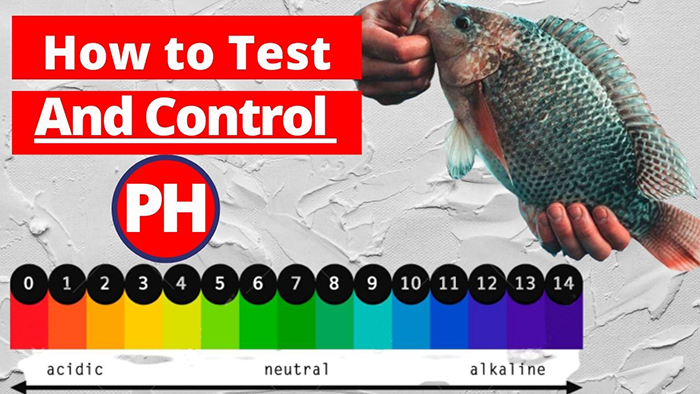The impact of water acidity and alkalinity on aquaculture

The acidity and alkalinity of water are generally represented by pH value. A pH value of 7 is neutral, meaning it is neither acidic nor alkaline. A pH value greater than 7 is alkaline, while a pH value less than 7 is acidic. The further away from 7, the greater the acidity and alkalinity. The fish we cultivate are suitable for living in slightly alkaline water, with an ideal pH value of around 8-9. Fish with a pH value that is too low or too high cannot adapt. If the pH range that carp adapt to is between 5.0-10.8, they will die if it exceeds this range.
Not only fish, but also some feed organisms and beneficial microorganisms that can accelerate fertilizer decomposition that fish eat are suitable for living in slightly alkaline water. So, in order to keep fish well, it is necessary to maintain the pH value of the water between 8-9.
The shrimp we cultivate, within the ideal pH range for shrimp, is one of the necessary conditions for shrimp to achieve high and stable yields. The pH value of shrimp pond water is generally required to be between 7.8 and 8.6, not higher than 9.1. The pH value is highest during the fertilizer and water stage before planting, sometimes exceeding 9.6, and then continuously decreases, even dropping below 7.0 in the middle and later stages. If the water quality is not adjusted, the pH value will constantly change. The pH value is not only related to the properties of pool water and soil at the bottom of the pool, but also to organisms. When phytoplankton undergo photosynthesis, they absorb a large amount of carbon dioxide. When there is insufficient carbon dioxide in the water, the pH value increases. Therefore, on sunny afternoons, the pH value is very high.
After sunset, the decomposition of fertilizers, fish feces, leftover feed, and the respiration of fish, planktonic animals, and plants will produce carbon dioxide. Carbon dioxide dissolves in water and becomes acidic, increasing the acidity of the water. As a result, carbon dioxide accumulates overnight, and in the morning, the acidity of the pool water is often the highest throughout the day, that is, the pH value is the lowest. With calcium in the water, carbon dioxide can be absorbed at night and released for plant use during the day. This keeps the pH value of the pool water stable and beneficial for the growth of aquatic organisms. The pH value can be measured by instruments, and the integrated online pH sensor can monitor the real-time changes in pH value in water, which is the most intuitive help to improve the yield of fish and shrimp.


